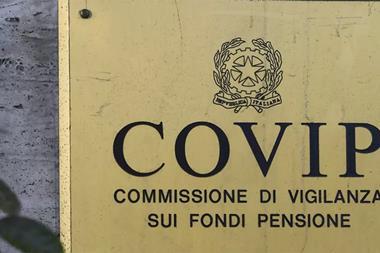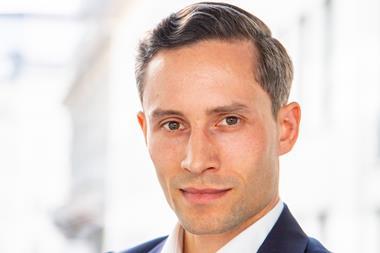Real estate allocations of Swiss pension funds peaked at 20.6% in 2020, according to the latest risk check-up study published by Complementa.
Thomas Breitenmoser, head of investment consulting, explained on a conference call last week that allocations to foreign real estate in particular were increasing. “We see investments in newly developed real estate abroad,” he said.
Equity allocations stood at 30.7% last year, while alternative investments remained almost unchanged year-on-year at 9.6%, it said.
The share of foreign currency in the portfolio of a Pensionskassen was 18.7% in 2020, up only 0.1 percentage points year-on-year even though foreign investments have increased to 51.6% last year from 49.3% the prior year, according to the study.
Swiss pension funds have also only slightly reduced the quota for liquidity and fixed-income investments last year to 39.0%.
Breitenmoser explained that the issue of low interest rates had been on the table for a while and many Pensionsksassen had “significantly reduced” their exposure to bonds in the last four or five years.
Within the bonds universe, government bonds had “lost their appeal”, Breitenmoser said, while more risk would be taken first and foremost with corporate bonds but also with high-yield and emerging market debt:
“These sub-categories promise certain returns,” he said.
Private debt seemed to play an “important part” within the alternative investment universe for Pensionskassen alongside private equity, while infrastructure was ranked as the “third important part,” he added.
Speaking about current investment trends, Complementa’s research showed that private debt and private equity were seen as “rather stable” investments, however, “what we clearly see is that more investments in infrastructure are made,” Breitenmoser said.
The Federal Council had changed the regulation for occupational pensions, BVV 2, to create a separate category for infrastructure with an asset allocation limit of 10% for pension funds.
Pensionskassen may use up the quota for infra allocations abroad rather than in Switzerland.
“It’s about diversification,” Breitenmoser said, adding that in contrast to Switzerland, other countries including OECD, “are in great need” of infrastructure development – a large part Pensionskassen infrastructure investments tends to be made abroad.
Positive performance
Swiss pension funds recorded returns of 4.7% last year, higher than expected but below 10.7% achieved in 2019. Returns in the first four months of this year stood at 3.2%.
Pensionskassen deployed 46% of their returns to build up fluctuation reserves – 34% into pension capital of retirees and active insured members, 1% into administration and around 10% to finance retirement losses and adjustments of parameters.
The conversion rate used to calculate pension benefits at the time of retirement is expected to drop to 5.49% in 2021 and to 5.21% in five years’ time. The conversion rate in the second pillar system is gradually approaching the actuarial value of 4.77%, it said.
The average funding ratio rose by 2.5 percentage points in 2020 to 110.6%, up from 108.1% in 2019. The funding ratio grew by a further 2.8 percentage points to 113.4% in the first four months of this year.
























No comments yet